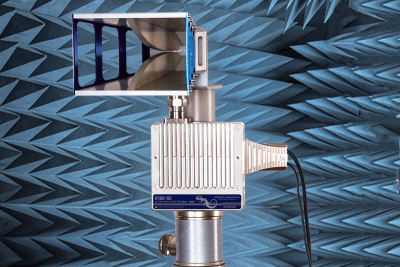
Precision Antenna Measurement Guide eBook from Microwave Journal
June 17, 2019Introduction from Microwave Journal Editor
Antenna measurements are difficult to make due to their multi-directional nature, their cables/connections to equipment and interfering signals in the environment. The measurement setup, surrounding environment and physical connections all need to be carefully specified and setup, paying close attention to the instruments and materials used.
Anechoic chambers are a key element in the measurement system so the first three articles in this eBook discuss chamber design including compact ranges and near field measurements. While there are some articles and books that address anechoic chamber design, there are few concise articles summarizing their design and simple rules of thumb. The first article in this eBook covers chamber design and recommends the proper type of range for different antenna types and frequencies of operation. Rules of thumb are provided to select the best approach for the required test or antenna type. The article concentrates on rectangular chambers with simple approximations used for absorber performance to generate a series of charts that can be used as a guide to specify performance and appropriate facility size. It also discusses the limitations in using far field chambers, mainly related to the electrical size of antennas that can be tested.
The second article is part two by the same author and covers compact ranges and near field measurements as a solution to the limitations of far field chambers covered in part one. The third article discusses extending the quiet zone using an RF lens on a conical tapered chamber so the series of three articles cover a lot of ground on the subject on anechoic chamber design and technology.
Making accurate antenna measurements has a number of challenges, some of the most important being dynamic range, calibration, and speed. Compact antenna measurement systems combined with a high performance VNA are necessary to characterize parameters such as pattern, gain, VSWR, and efficiency. The fourth article covers antenna positioning and VNA setup for automated measurements used to validate simulated designs and identify possible performance issues before final testing.
Connecting RF test and measurement equipment to an antenna under test usually involves tradeoffs among measurement accuracy, electrical considerations, cost and mechanical ruggedness. In the final article of this eBook, aspects of the antenna connection are covered with practical advice for such test and measurement scenarios with a compact WiFi module example. We hope this eBook will give you the technical knowledge and background to help you design test systems and accurately make antenna measurements.
Pat Hindle, Microwave Journal Editor


